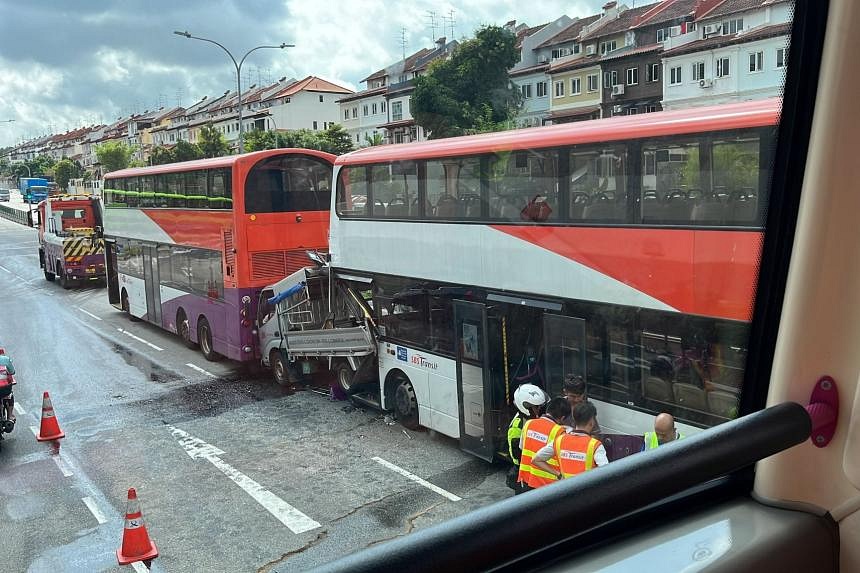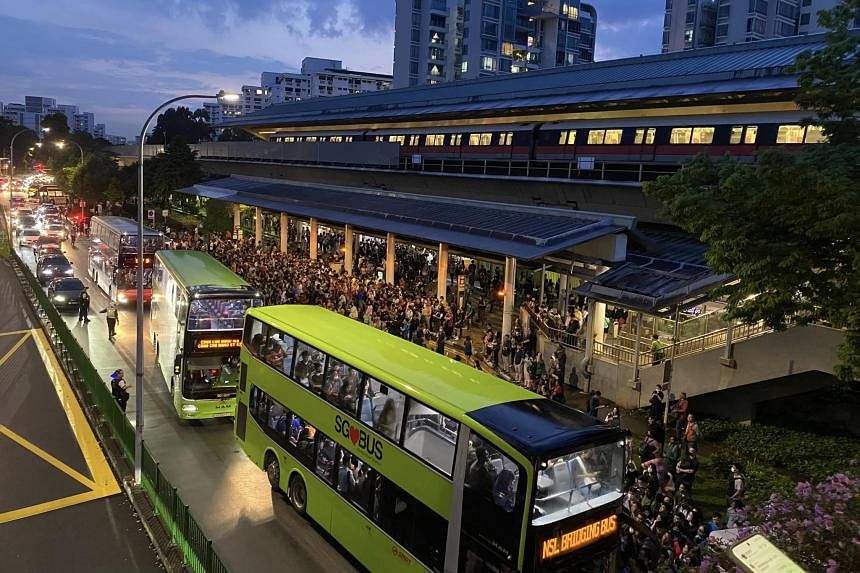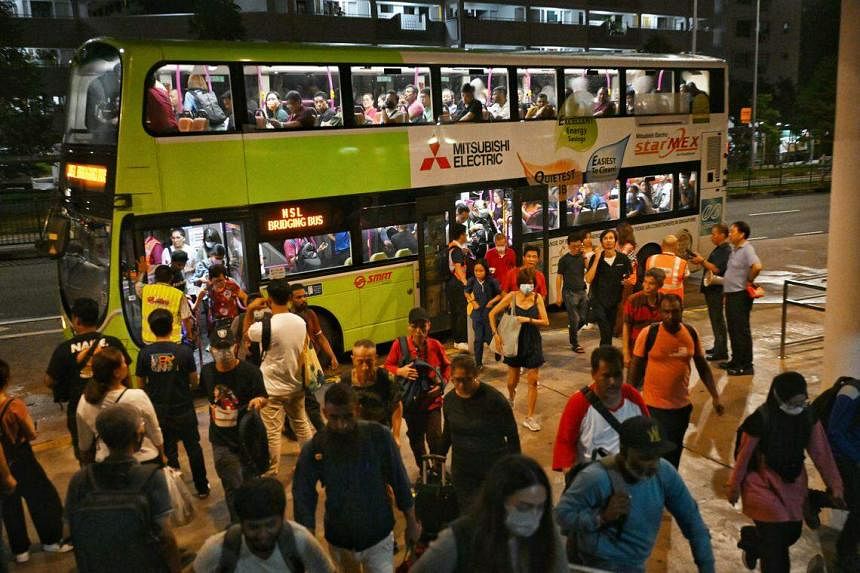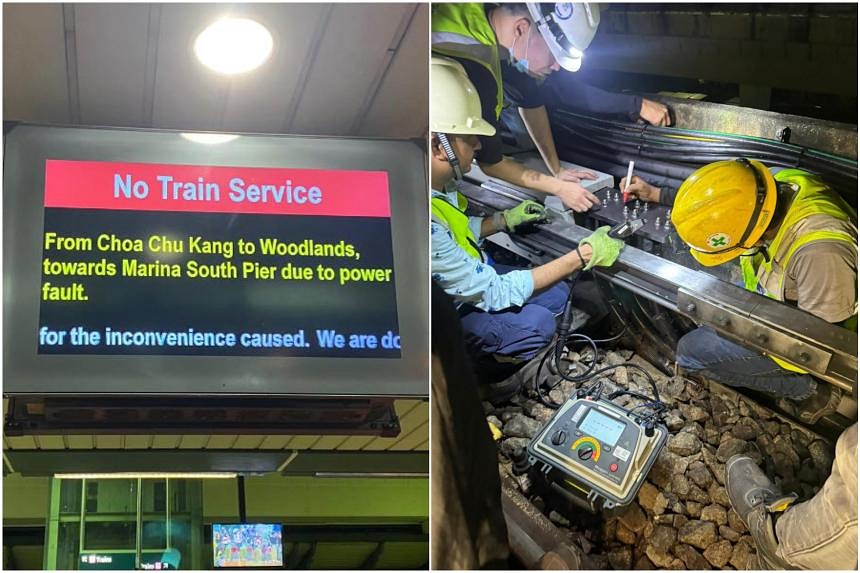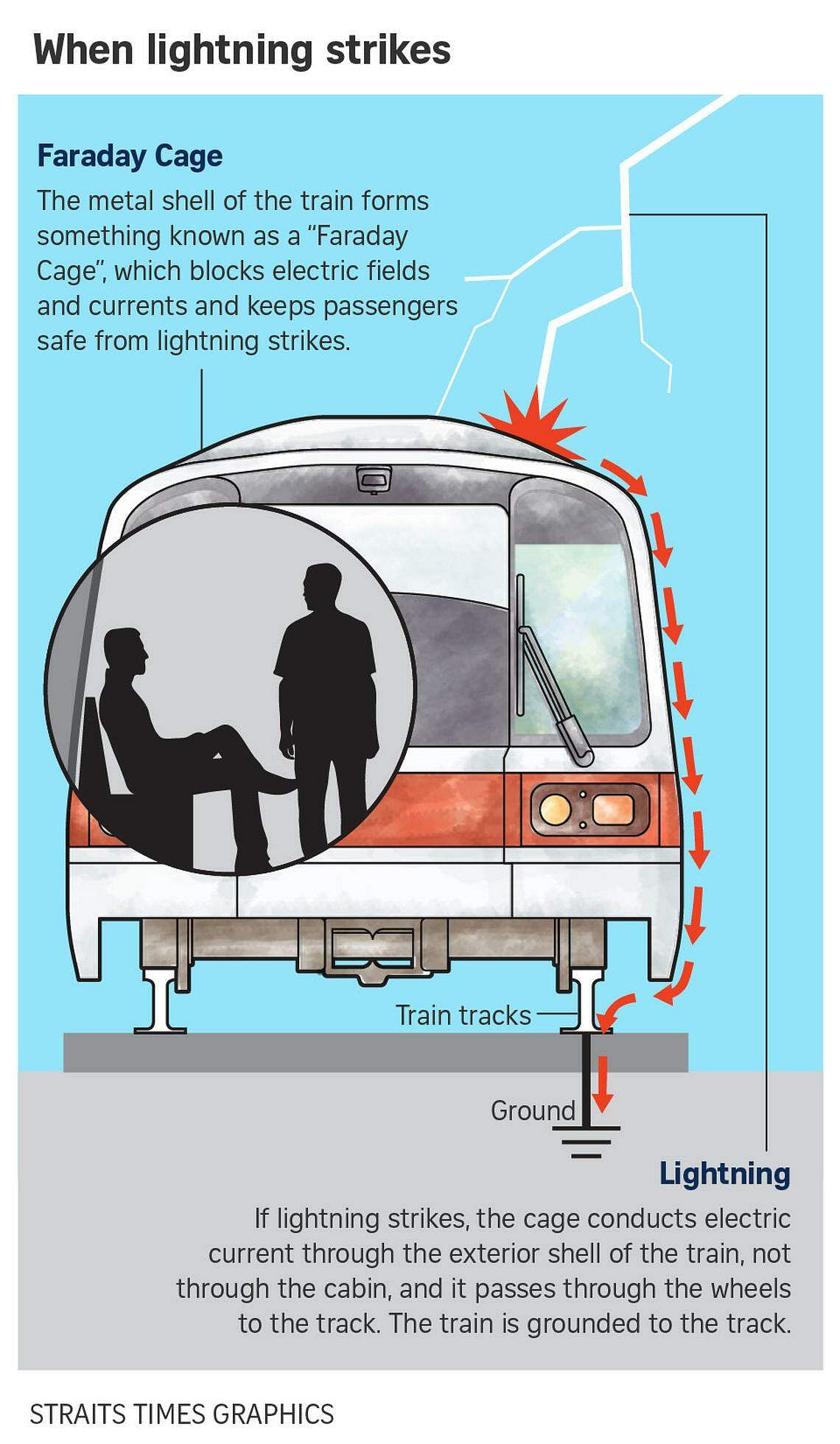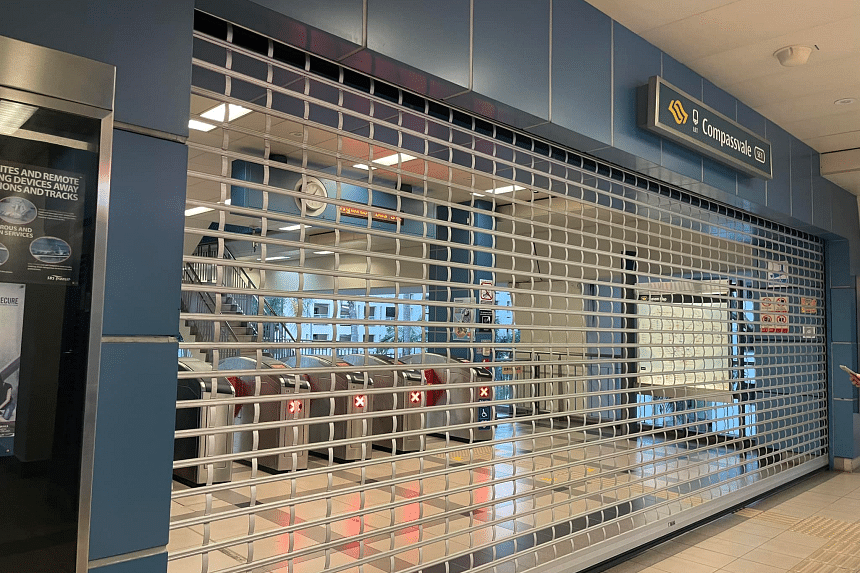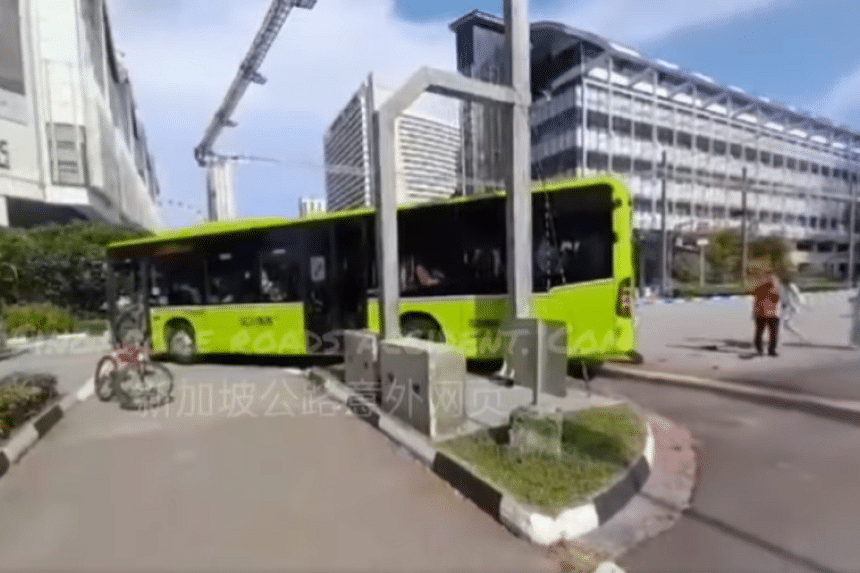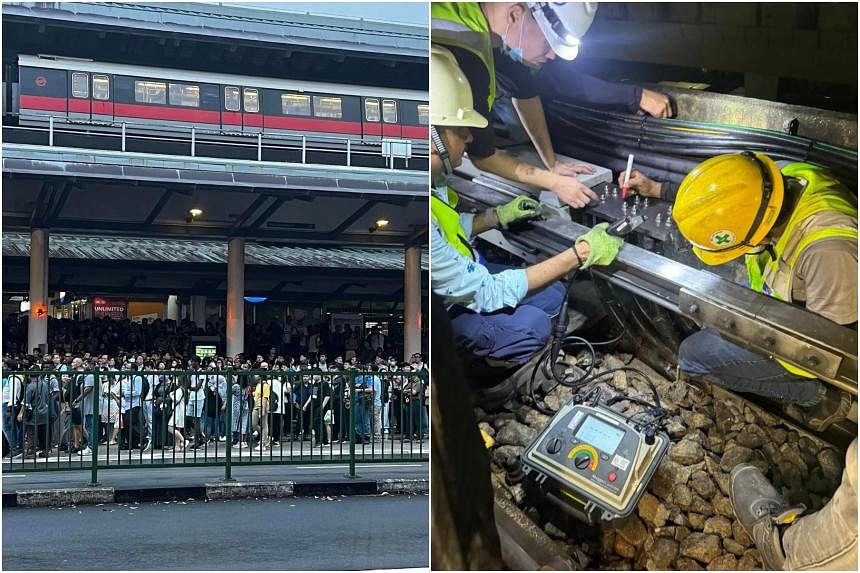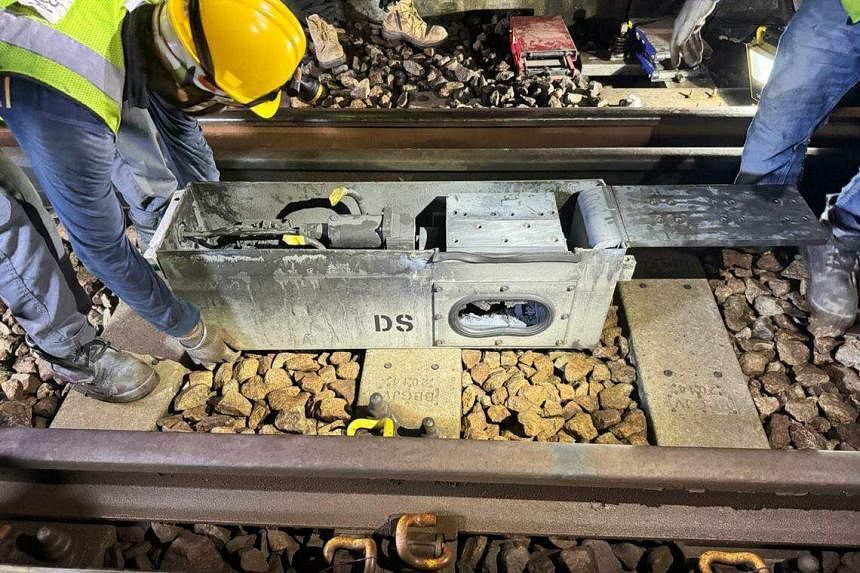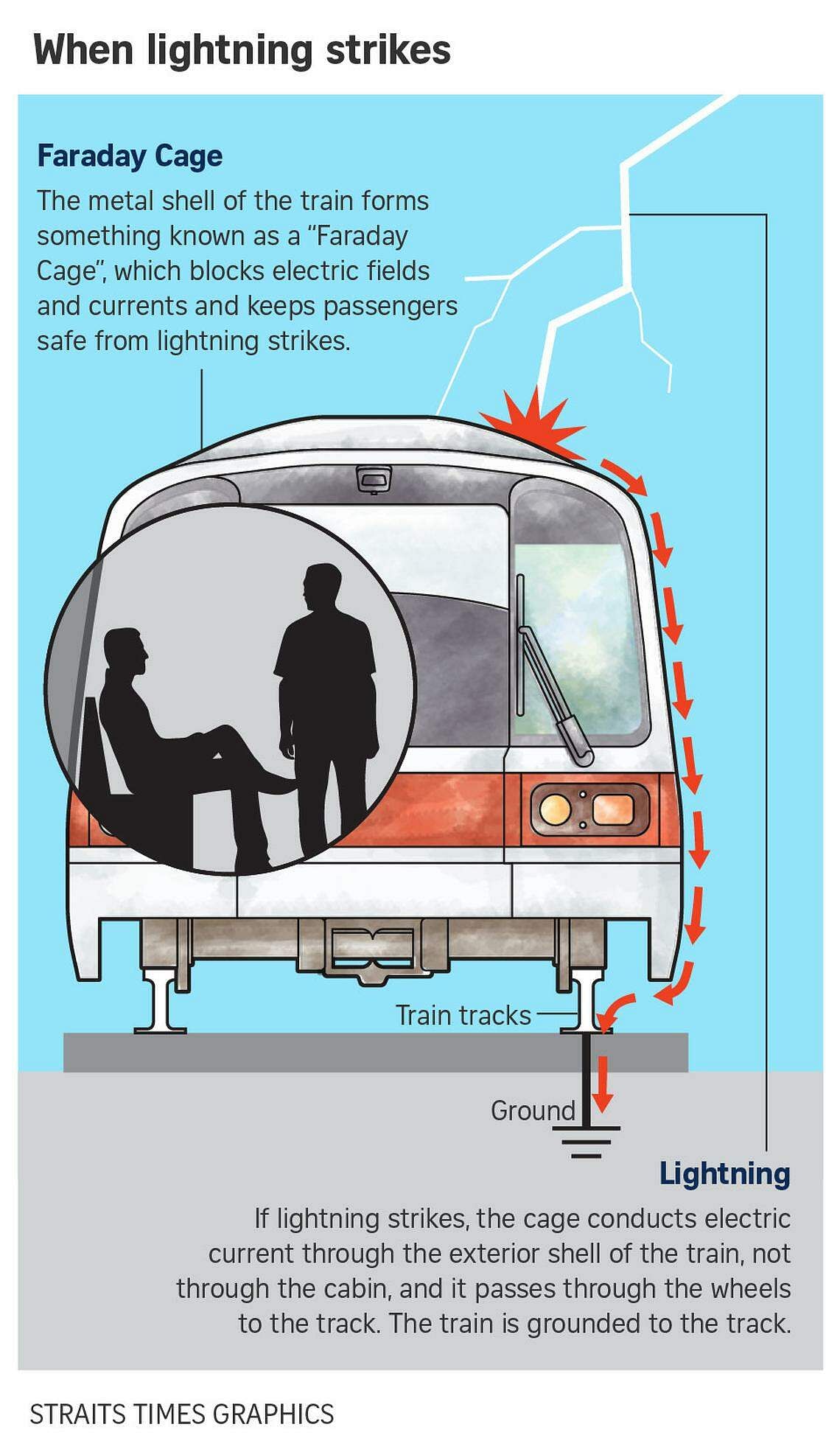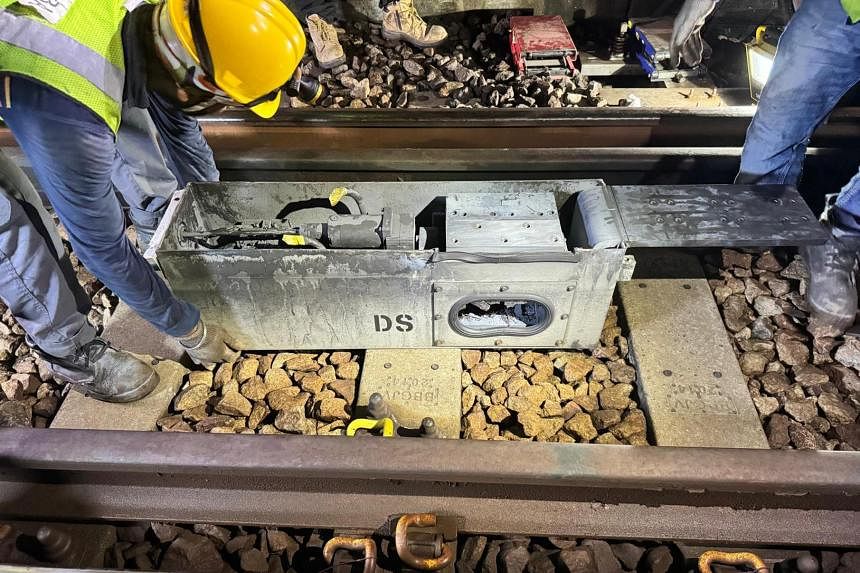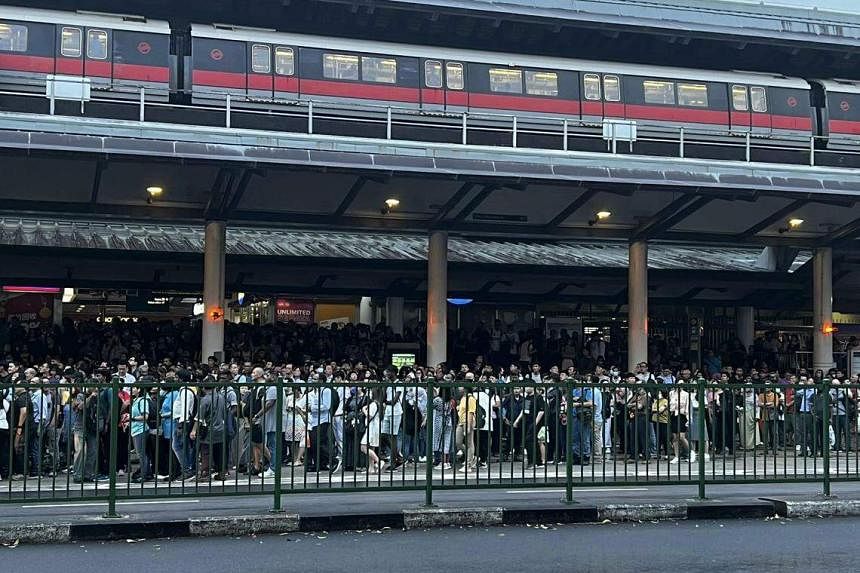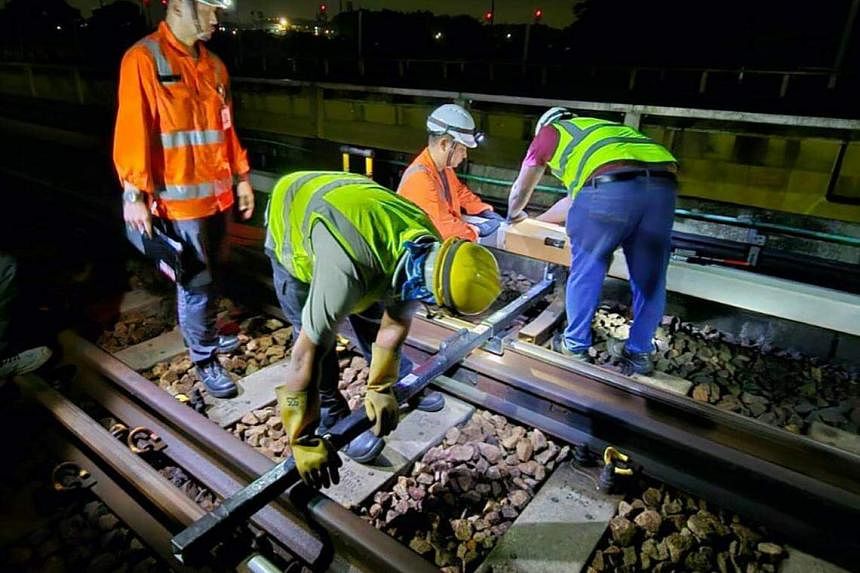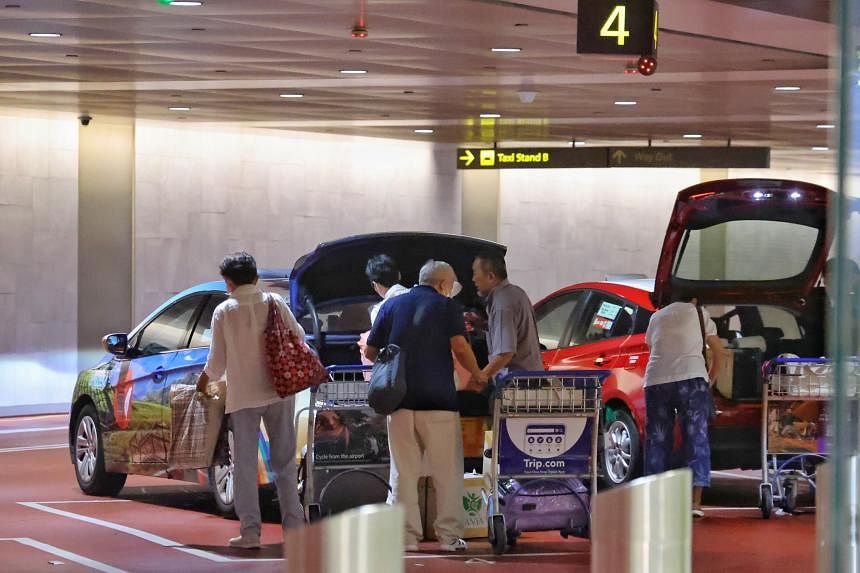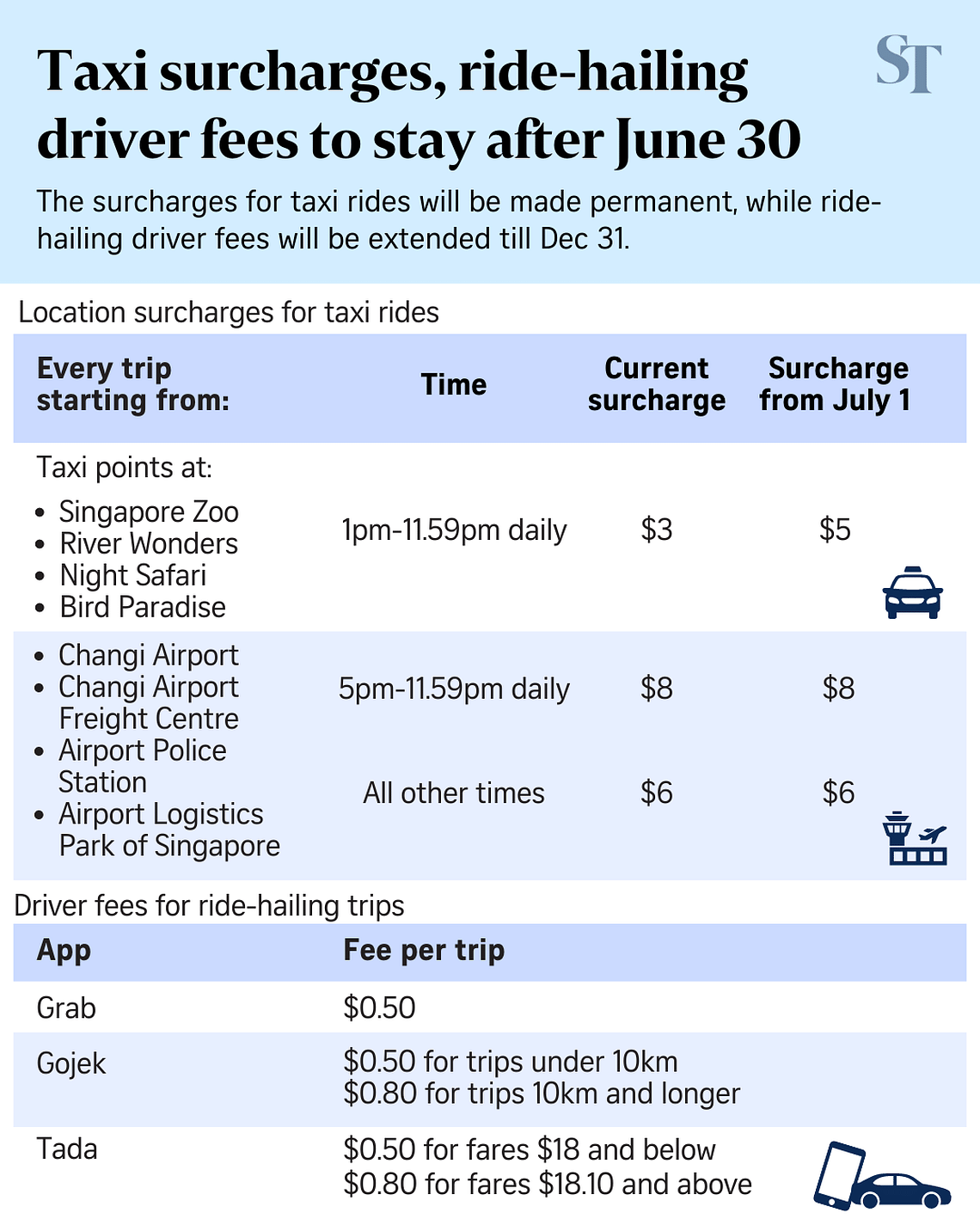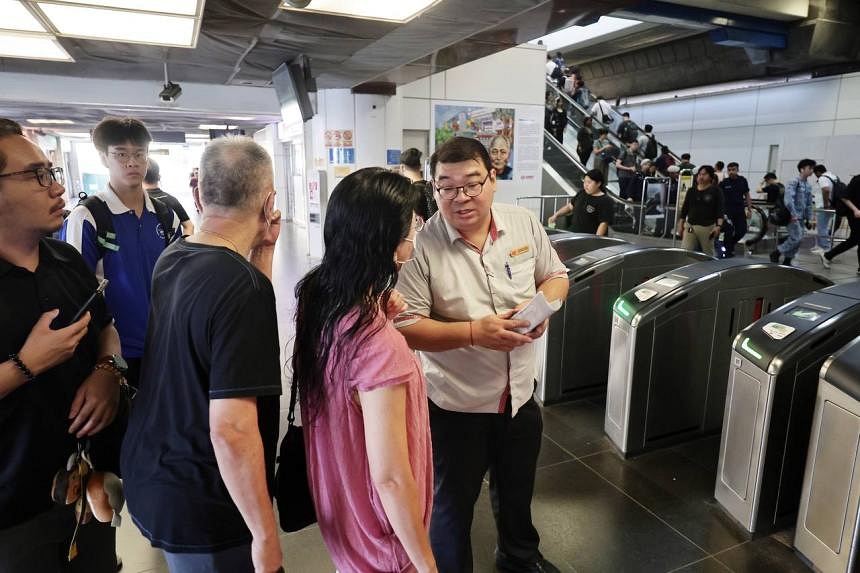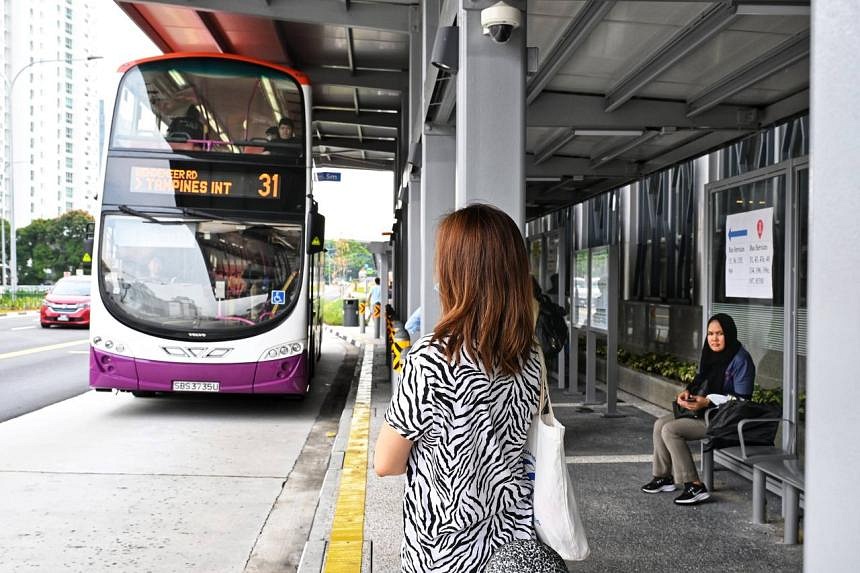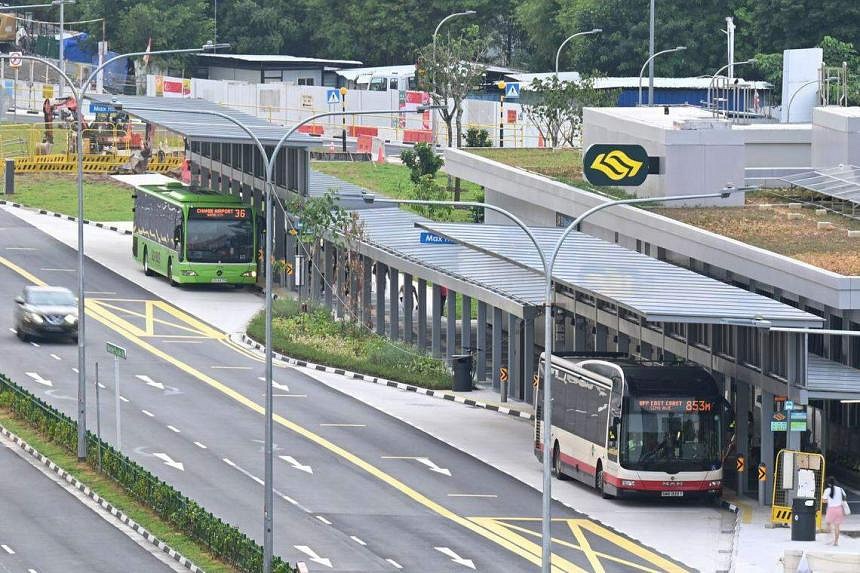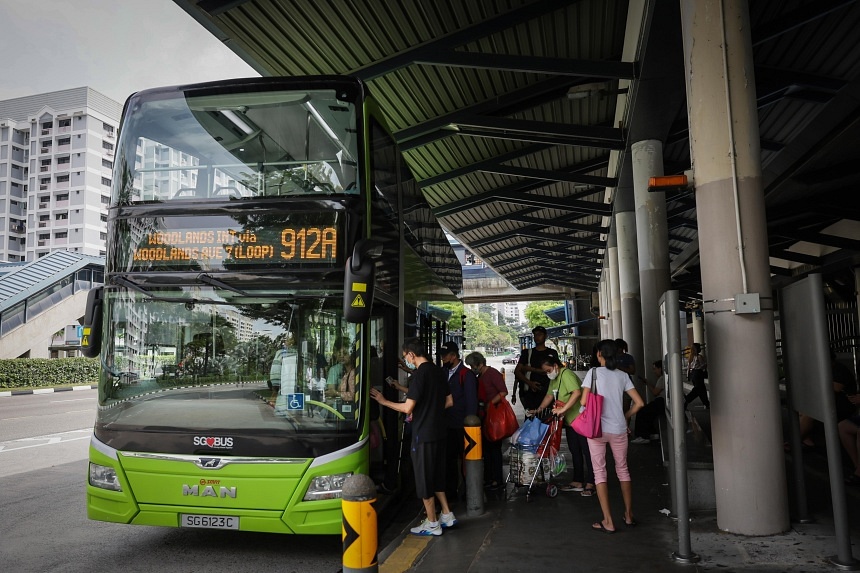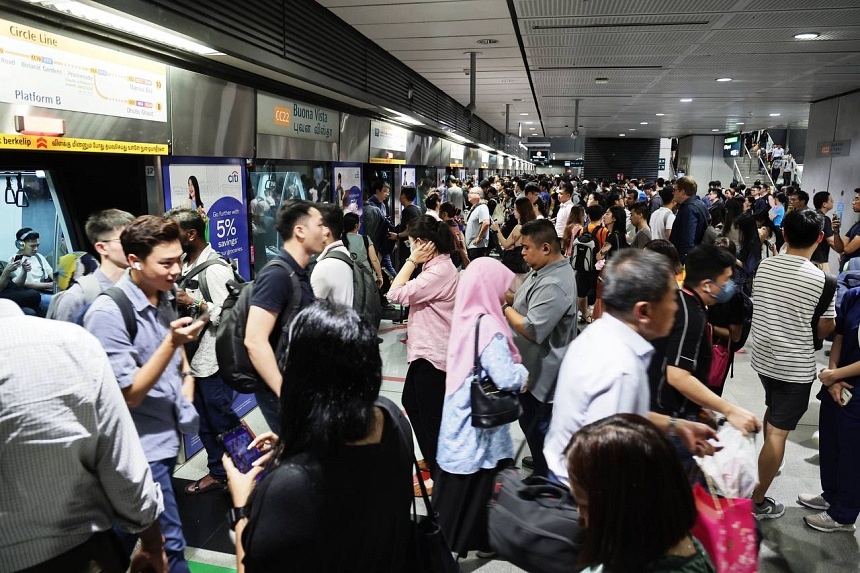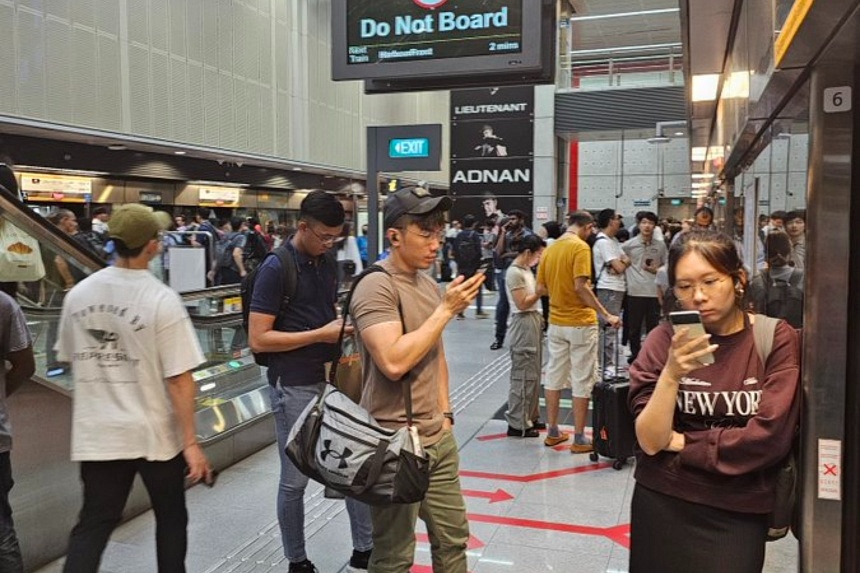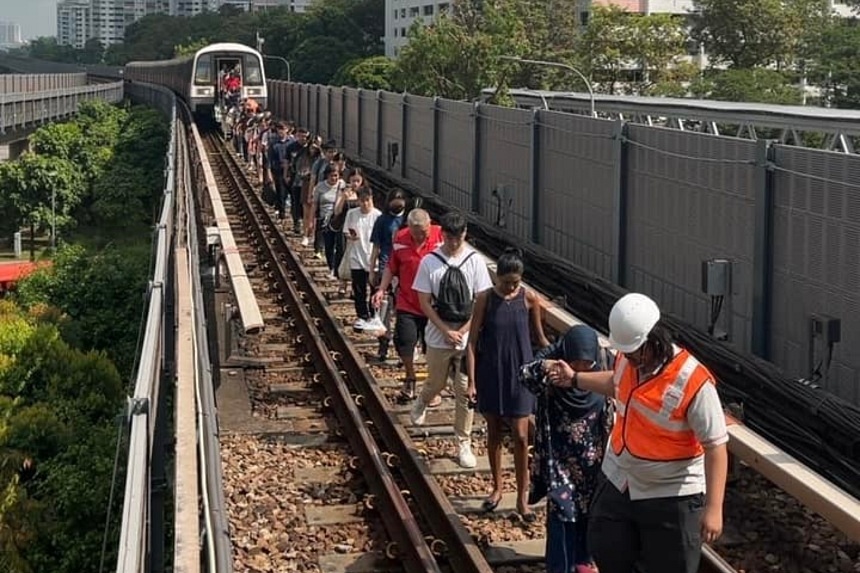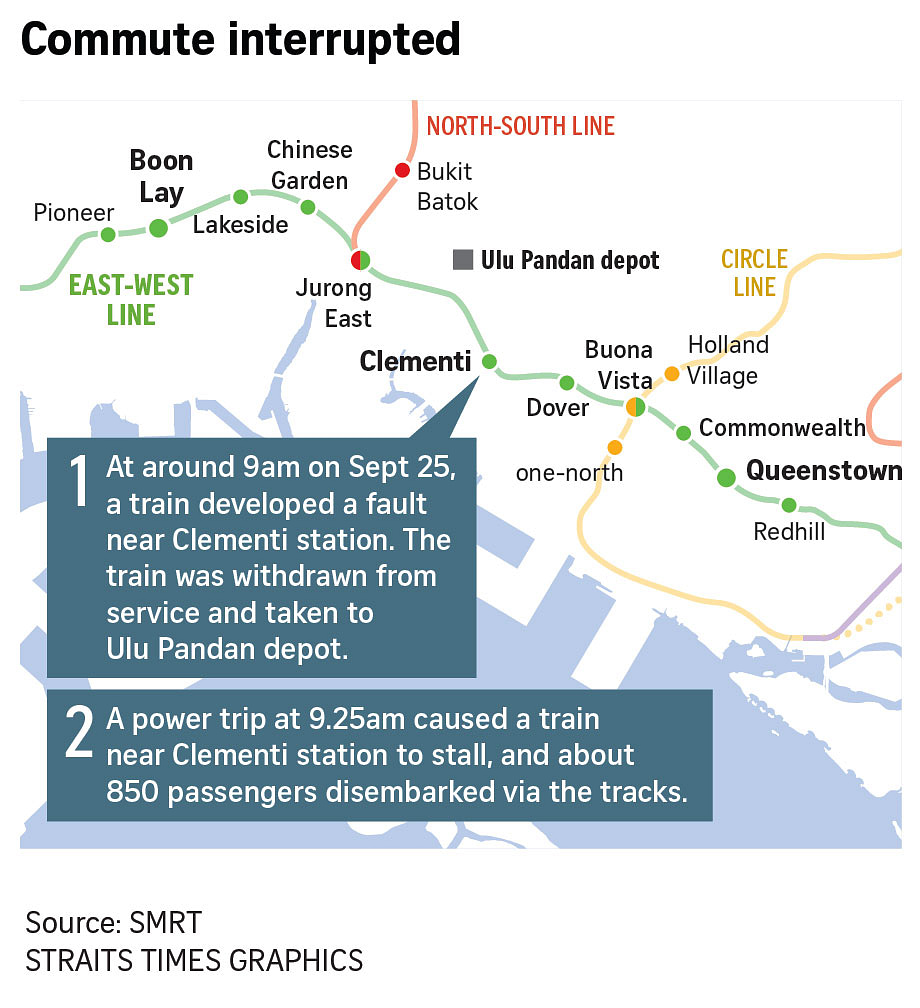East-West Line disruption to go into second day, no MRT service between Jurong East and Buona Vista
About 850 commuters on board a stalled train near Clementi MRT station safely disembarking on the tracks and being guided back to the station platform. PHOTO: SMRT/FACEBOOK
Fatimah Mujibah
Sep 26, 2024
SINGAPORE – There will be no regular train services between Jurong East and Buona Vista on Sept 26, marking a second day of disruptions for commuters on the East-West Line (EWL).
This comes after a power fault halted normal passenger service between Boon Lay and Queenstown stations for most of the day on Sept 25.
The Land Transport Authority (LTA) said in a statement late on Sept 25 that engineers from LTA and train operator SMRT started recovery works in the afternoon, and will continue into the night.
“However, as the damage to the tracks is extensive, more time is required to do the necessary repairs and replacements,” the authority said.
Both SMRT and LTA will check all first-generation Kawasaki Heavy Industries (KHI) trains overnight, before they are put into service, LTA added.
A defective mechanical component of a first-generation KHI train contributed to the power fault on Sept 25.
In a Facebook post, Transport Minister Chee Hong Tat said: “LTA will do a thorough investigation to ascertain what happened and identify areas for improvement.”
Separately, the authority said: “LTA and SMRT will perform a rigorous investigation into the cause of the incident and provide an update in due course.”
There will be free regular bus services between Boon Lay and Queenstown stations on Sept 26, as well as free bridging bus services between Jurong East and Buona Vista stations. Also, there will be a shuttle train service between Buona Vista and Queenstown stations, and also between Jurong East and Boon Lay stations at 10-minute intervals.
“We are deeply sorry and thank all commuters for their understanding and patience as we do our best to recover train services on the affected stretch of the East-West Line,” SMRT said.
As Primary 6 pupils will sit their English papers in the Primary School Leaving Examination (PSLE) on Sept 26, the Ministry of Transport will work with the Ministry of Education (MOE) and the Singapore Examinations and Assessment Board (SEAB) to “prepare contingencies to minimise the impact on our students”, said Mr Chee, who is in Beijing for the Global Sustainable Transport Forum.
In a media reply, the SEAB said there are existing arrangements for such contingencies and pupils have been briefed.
It said: “SEAB would like to assure examination candidates that they will not be penalised for being late to their examination due to train service disruptions. Candidates will be given the full duration of the paper if they reach the examination centre before the end of the paper.”
In a Facebook post, MOE said pupils who are late due to the train disruption should inform the exam centre and continue to go to their exam venue, or the nearest one. They should also approach staff at the MRT stations’ passenger service centre if they need help with directions.
A parent told The Straits Times that she would accompany her son to school by bus on Sept 26, to make sure he does not get lost. The child, who studies in a primary school in the west, is sitting his PSLE English written examinations, and typically would take the train to school on his own.
LTA said earlier that the eastbound train developed a fault on the EWL near Clementi station at about 9am on Sept 25. SMRT helped passengers to disembark at Clementi station, before withdrawing the train towards Ulu Pandan Depot.
While the train was being withdrawn, a power trip was detected at 9.25am, causing another train on the EWL between Queenstown and Boon Lay stations to stall near Clementi station, LTA said.
SMRT said there were about 850 commuters on board this train, and they safely disembarked on the tracks and were guided back to the Clementi station platform.
SMRT chairman Seah Moon Ming and group chief executive Ngien Hoon Ping explained in a statement that the incident was the result of an unforeseen issue during the withdrawal of an old train, where a defective mechanical component dropped.
That caused the wheels of a bogie – a framework to support a rail car’s traction and braking – to come off the running rail and hit track equipment, including the third rail and point machines, leading to the power fault.
“We fully understand the inconvenience, frustration and delays this disruption has caused, and we deeply regret the impact it has had on your journey,” they added.
The hours-long train disruption affected many commuters, with some telling The Straits Times that they were late for work by more than an hour.
Commuters were advised to use alternative transport arrangements, and check for updates on SMRT’s and LTA’s social media platforms, as well as LTA’s MyTransport app.
From 5pm, SMRT started running
separate shuttle train services between Buona Vista and Queenstown stations, and between Jurong East and Boon Lay stations, at intervals of 10 minutes.
Free regular and bridging bus services were available between Boon Lay and Queenstown stations, with commuters advised to take alternative lines.
There was confusion among commuters about where to board the bridging buses in the morning, and which platforms to board the shuttle trains in the evening, according to ST’s interviews at the affected stations.
This is despite ST observing SMRT staff and TransCom police officers assisting affected passengers at the stations. Some commuters also had to contend with trying to board packed bridging buses in the rain at around noon.
In a Facebook post, Acting Transport Minister Amy Khor said she visited the Queenstown station on the evening of Sept 25 and observed SMRT staff proactively guiding commuters towards alternative transport arrangements.
“I also had the chance to speak to affected commuters, and although some felt inconvenienced by the disruption, commuters were generally understanding,” said Dr Khor, who is the Senior Minister of State for Transport, and Sustainability and the Environment.
“I thank commuters for their patience and assured them that SMRT is working closely with LTA to resume normal train services as soon as possible.”
Last week, the Circle Line (CCL) grappled with
two consecutive days of disruptions – a power fault that caused delays on Sept 17, and another one caused by a fire in the power system cubicle at Kim Chuan Depot on Sept 18.
The first incident
caused about a 30-minute delay during the evening peak-hour commute, where a total of 11 trains stalled in the CCL tunnels during the traction power outage.
In the Sept 18 incident, the power fault was later isolated from the network, as SMRT engineers worked overnight to ensure smooth operations. It is not known if both incidents are linked to each other.
This is not the first time that a train delay coincided with the PSLE. In 2017, commuters on the EWL experienced a three-hour delay, starting at about 6am, due to a train fault. However, no candidate sitting the PSLE papers was affected by the disruption.
MOE also said at the time that students who were affected by the train delay on EWL need not submit an excuse letter and would be given the full paper duration.
In 2023,
when a cracked rail was discovered on the CCL, SEAB did not receive any reports of candidates who were unable to take their exam on time because of the disruption.
In the first quarter of 2024, EWL was the second most reliable MRT line, managing 5.05 million train-km between delays of more than five minutes.
Both the EWL and North-South Line had just undergone a $2.6 billion renewal programme in 2023 that upgraded four of its six core systems. These revamps included the replacement of sleepers that hold the running rail in place, changing of the third rail that supplies traction power to trains, upgrading of the signalling system, and renewal of the power system.
